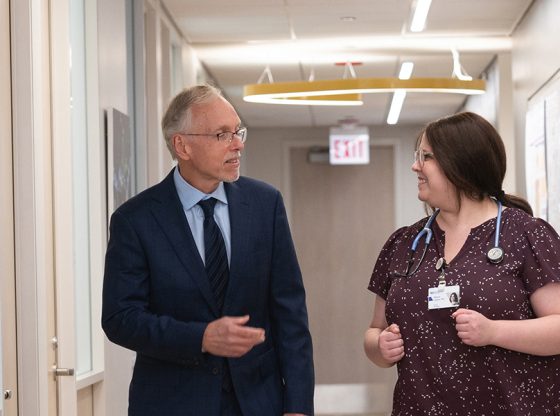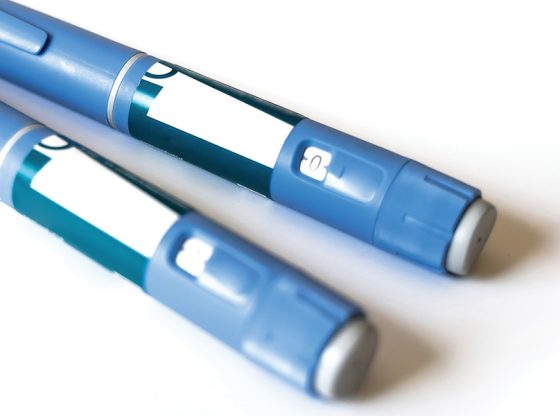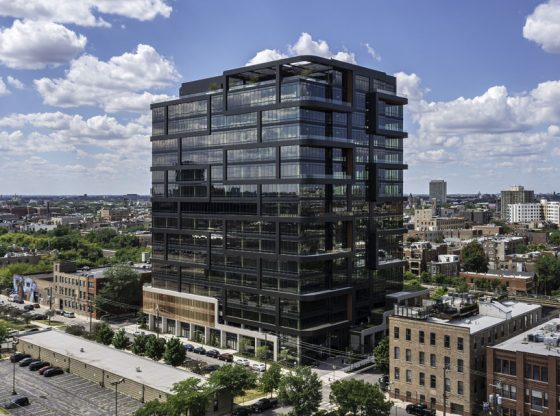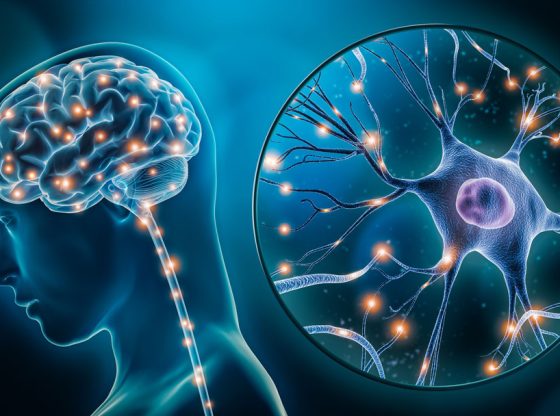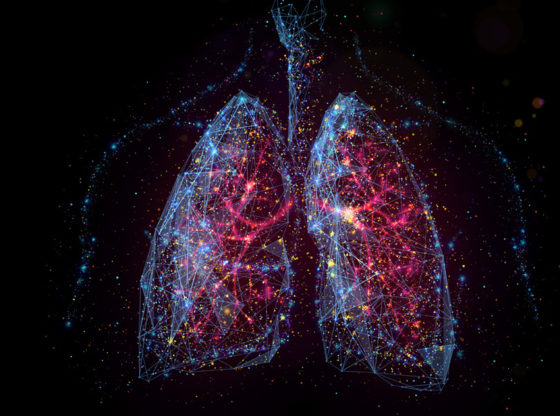by EMILY AYSHFORD | photography by TERESA CRAWFORD
Bringing kidney research into the future.
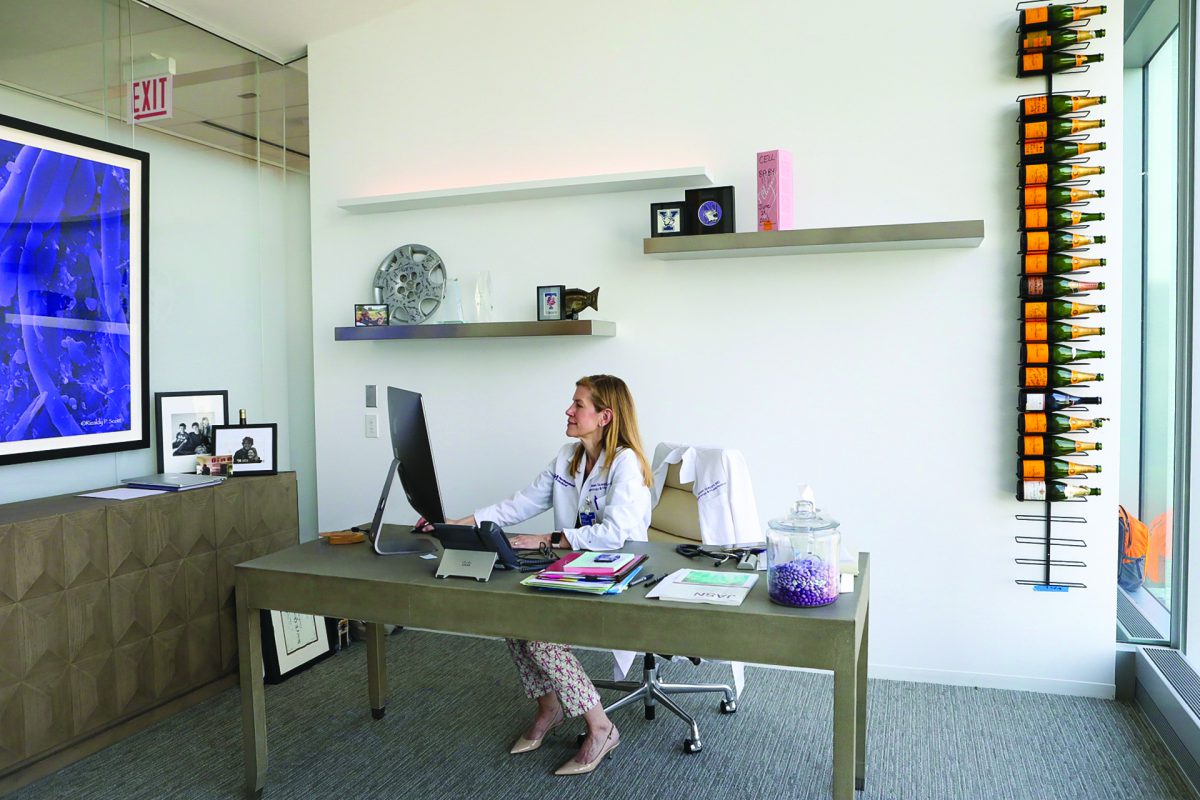
Susan Quaggin, MD, knew from the age of 15 that she wanted to be a physician — that’s when she met her future father-in-law and role model, a family physician everyone called “Doc.” But it wasn’t until her first rotation as an intern at the University of Toronto that she found her calling.
An 18-year-old had arrived in the emergency room with massive swelling throughout his entire body and a test confirmed his kidneys were spilling large amounts of protein into his urine. He was sent to nephrology, where Quaggin and her colleagues found he had an aggressive disease in which a circulating factor in his blood stream was attacking the filters (glomeruli) in his kidneys.
“He had been perfectly healthy until a couple weeks prior, and we did not know — and still do not know — what the factor was that caused this disease,” she says. “It showed me there was a clear need to identify new causes of kidney diseases and develop new treatments.”
After Quaggin finished medical school at the University of Toronto, she completed a residency in internal medicine and a fellowship in nephrology before heading to Yale for a post-doctoral fellowship. She then returned to Toronto, where she completed a second post-doctoral fellowship to study mouse genetics and genome editing techniques, before taking a faculty position at the University of Toronto. She spent 13 years there as a senior scientist at the Samuel Lunenfeld Research Institute, a nephrologist at St. Michael’s Hospital, and the Gabor-Zellerman Professor in renal medicine. She built a successful career, earning a Research Award from the Kidney Foundation of Canada in 2009.
Having grown up in Canada, Quaggin had no intentions to leave her hometown, but in 2012, Eric G. Neilson, MD, vice president for Medical Affairs and Lewis Landsberg Dean, persuaded her to come to Northwestern. He was an old friend and mentor, and Quaggin knew it would be a good opportunity to be part of the exciting work happening at Northwestern.
“Northwestern has an incredible collaborative spirit. Here, I’m able to bring together people from the clinical side and the basic research side,” says Quaggin, now chief of Nephrology and Hypertension in the Department of Medicine and director of the Feinberg Cardiovascular and Renal Research Institute.
“I’m also a big hockey fan, and the Blackhawks are a great team,” she adds, laughing.
Finding Therapeutic Targets
Since arriving in 2013, Quaggin, who is also the Charles H. Mayo, MD, Professor, has been conducting research on blood vessels to find new therapeutic targets for vascular health. Earlier this year, she and her collaborators identified a new therapeutic target that may help protect kidney function in patients with diabetes. The team demonstrated in a preclinical model that inhibiting a protein called VE-PTP preserves microvascular and kidney function in diabetic mice.
Last year, she and her collaborators discovered mutations that cause improper drainage and a buildup of ocular pressure. That pressure leads to one form of congenital glaucoma, a leading cause of blindness.
Though she has been conducting this kind of research for decades, Northwestern has brought a new angle to her work: therapeutic discovery.
“At Northwestern, we’ve become much more translational,” she says. That means not only studying the cause of diseases like glaucoma, but also developing small molecules to treat them. She created a Toronto-based biotech startup, Mannin Research Inc., which is currently developing an eye drop to treat glaucoma.
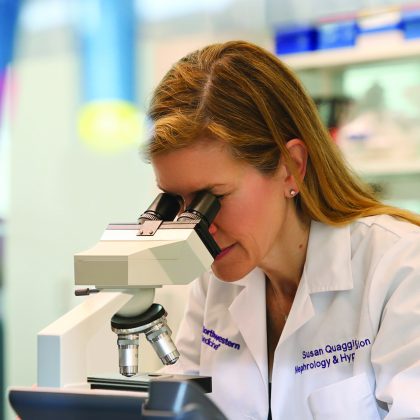
Creating Organs in a Petri Dish
Even as her research makes its way from lab to clinic, Quaggin is busy leading several initiatives. As director of the Feinberg Cardiovascular and Renal Research Institute, she’s responsible for bringing together physician-scientists and PhD scientists from across disciplines to study vascular diseases of the heart, kidneys, and eyes.
Under her leadership, the institute (now located in the new Simpson Querrey Biomedical Research Center) has doubled its investigators, and continues to grow. This summer, even more investigators will join as the institute focuses on an ambitious goal: cultivating organs in a dish. Scientists can currently create tiny organ-like structures called organoids. The next step is to transform these organoids into fully functional organs, such as kidneys or eyes. That will involve finding a way to guide the signals to create blood vessels within the organs.
“It’s an exciting and ambitious goal,” Quaggin says. “We have a lot of young talented trainees working to make this happen.”
Creating a Hub for Kidney Research
In 2018, Feinberg received a $5.8 million, five-year grant from the National Institute of Diabetes and Digestive and Kidney Diseases to expand translational research into the prevention and treatment of kidney diseases.
The grant funded the Northwestern University George M. O’Brien Kidney Research Core Center (NU-GoKIDNEY), which brings together basic and clinical scientists dedicated to identifying, testing, and translating discoveries into novel therapeutics for patients with kidney diseases.
“We want to help researchers both within Northwestern and around the world use our unique resources to accelerate and catalyze their research to cure kidney diseases,” Quaggin says.
To do this, the center has created an online portal called nephroHUB, where investigators can access the center’s three cores, which provide everything from kidney disease animal models and high-throughput analytical platforms to unique data and biosample repositories.
The center also conducts outreach and enrichment activities. This summer, five students from Holy Trinity High School in Chicago attended a program designed to introduce young people to kidney science and research. Center trainees also visit high schools throughout the year to share discoveries in kidney research, and investigators are working with churches on Chicago’s South Side to host public events to build awareness about kidney disease prevention and treatment.
“This center really allows us to do what our passion is, which is not only to do the research, but also to provide advocacy and education,” Quaggin says.
An Optimistic Collaborator
Though helming multiple initiatives can pull Quaggin in many directions, her determination to stay the course is steadfast, inspired by her father-in-law, who, at 86, was still making house calls on his bicycle. A few weeks a year, she makes time to join fellows on ward rounds, and she has inspired her daughter, Jessica Quaggin-Smith, to pursue a career in medicine (she started her internal medicine residency at Northwestern this summer).
“I’ve been described as optimistic, and I see myself as a collaborator,” says Quaggin, who continues to be motivated by that 18-year-old she treated so many years ago. He ended up losing his kidneys and going on dialysis before receiving a transplant from his father. He lost that kidney, too.
“If we can understand this disease and prevent that from happening — that is the ultimate goal,” she says.



